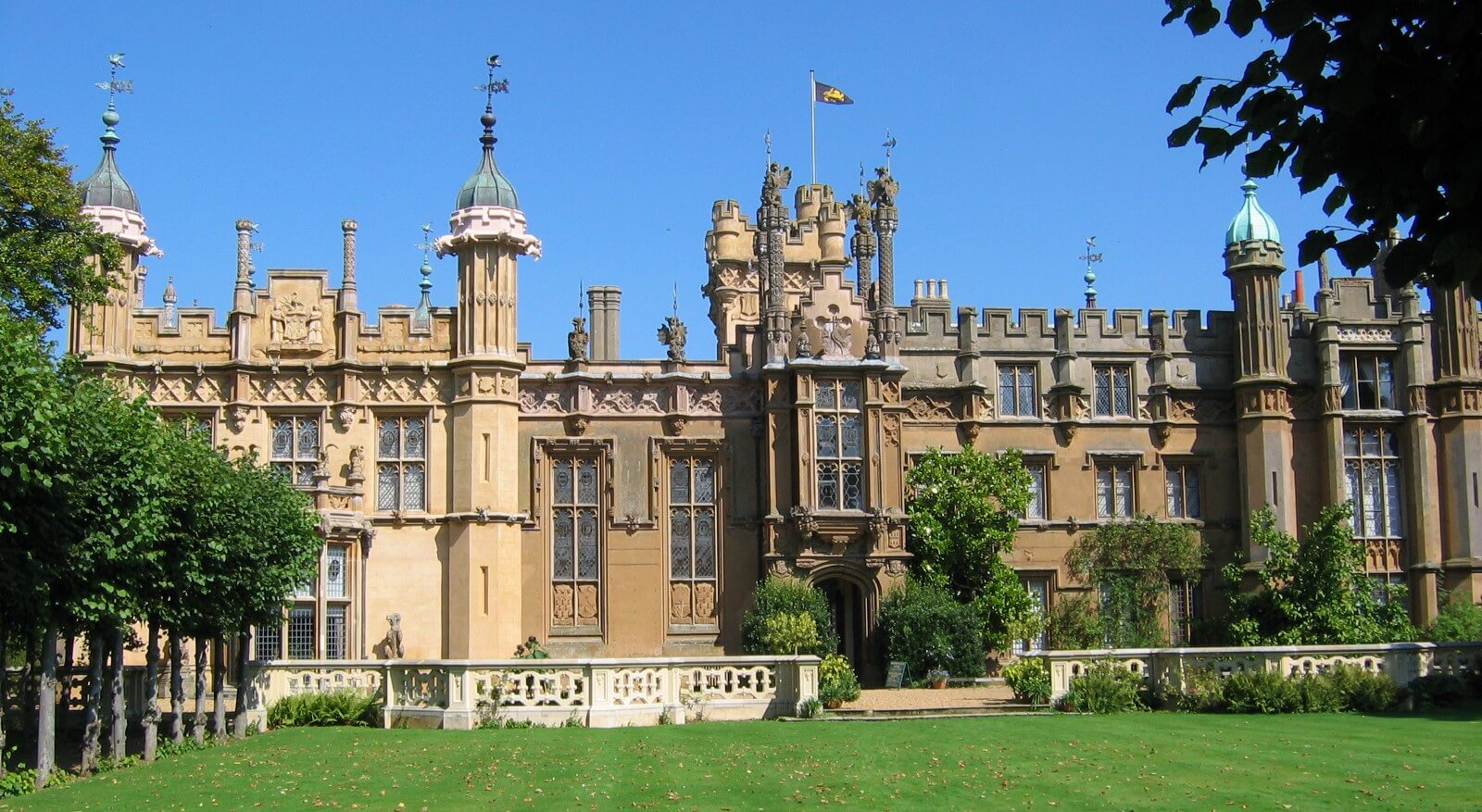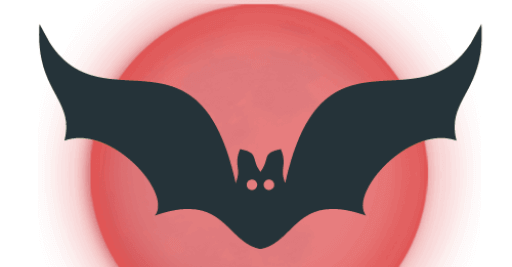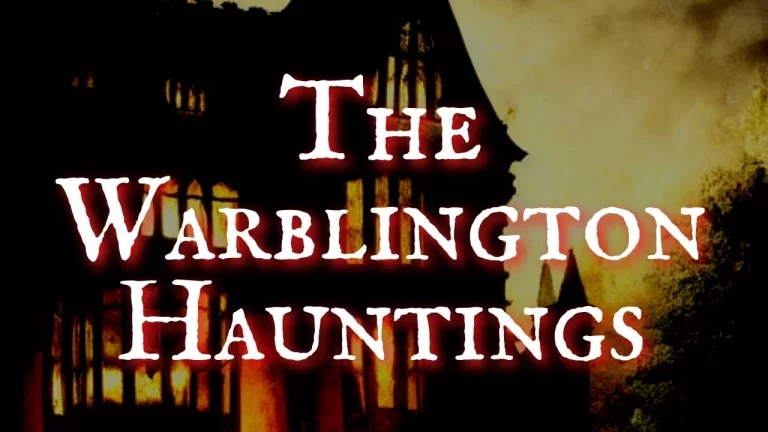The Radiant Boy of Knebworth House
More Glowing Ghosts Haunting England

Listen to the Audio Version Here
‘Legend of the Week’ and this concerns Knebworth house in Hertfordshire. This is from Jennifer Westwood’s book: ‘Albion a Guide to Legendary Britain’.
So Knebworth house is a very famous manor house that you can visit — very famous. And of course there used to be a rock concerts there, probably still are — Knebworth ‘Live at Knebworth.’
If you search on Spotify or wherever you get your music. I’ve got Qobuz because I like my High Def music. It was that either that a Tidal. I was with Amazon high definition for a while, but I like Qobuz. Anyway, with a ‘Q’ search wherever you are live at Knebworth and you’ll see, this is the same Knebworth.
So it says.
“One of Britain’s most famous death warnings is the Radiant Boy now said to appear to members of the Lytton family at Knebworth House.
His most celebrated manifestation was when he appeared to Lord Castlereagh , some years before he ended his life on the 12th of August, 1822, by cutting his throat.”
Sir Walter Scott had heard Castlereagh speak of the Radiant Boy at one of his wife’s supper parties in Paris in 1815 and seven years later wrote in a letter to lady Abercorn:
“I remember his once telling seriously and with great minuteness the particulars of an apparition, which he thought he had seen.
It was a naked child, which he saw slip out of the grate of a bedroom while he looked at the decaying fire. It increased at every step it advanced towards him. And again, diminished in size till it went into the fireplace and disappeared.
I could not tell what to make of so wild a story told by a man whose habits were equally remote from quizzing or inventing a mere tale of wonder.
The truth is now plain. that the vision had been the creation of a temporary access of his constitutional infirmity. “
So basically, Sir Walter, Scott’s been very kind there. And he’s saying that, you know, Lord Castlereagh was given to fits of madness.
Lockhart — I don’t know who that is, who had often heard his father-in-law tell this story — I’m guessing it is Lord Castlereagh’s father-in-law. -adds to this, that with its increase in size, the naked child assumed the appearance of a ghastly giant, pale as death with a weeping wound on its forehead and eyes glaring with rage and despair. The sequence of events made a deep impression on Scott, who in his journal on first, November 1826 wrote:
“He is gone. I shall always tremble when any friend of mine becomes visionary. “
One wonders, whether Scott’s frequent retellings of this story, helped put it into general circulation for Lady Abercorn had written from Florence in 1822,
“I never heard of his having named it to anyone else.”
Certainly the Radiant Boy was, in the 19th century, much aired and a curious Taylor wrote that [00:03:00] ‘Cutthroat Castlereagh’ had himself appeared on the island of Stromboli, at the moment of his death.
As for the Radiant Boy, was he perhaps something more than a figment of Castlereagh’s tormented imagination? ‘Chillington Castle’ also had one till lately, according to Murray in 1873. (I think they mean Chillingham Castle in Northumberland), and I think it’s the Blue Boy. And so did Corby Castle on the Eden near Carlisle, who we’ve already spoken about.
Though he would not appear for P Fraser Tytler, a historian, who having stayed there overnight on 8th November, 1840 wrote to his sister.
“I have come away without seeing the Radiant Boy of Corby. This was extraordinary for, I had to walk to my bedroom every night through a long dark gallery of which you could not see the termination ,with old warriors frowning down on me and the moon streaming in through the Gothic window at the end. Circumstance which one would’ve thought any well conditioned ghost would’ve profited by.”
The Reverend Sabine Baring Gould in his ‘Yorkshire Oddities’ 1874. Now I should just put an aside in — he also wrote to ‘The Book of Werewolves,’ which is a cracker— mentions the boy with a shining face who had been seen in certain houses in Lincolnshire and elsewhere, and of whom he had received an account from an old Yorkshire farmer who was nicknamed “John Mealy Face”. That was the farmer.
“John M — that is to say John Mealy Face was riding one night to Thirsk, when he suddenly saw pass him a radiant boy on a white ,.There was no sound of footfall as he drew nigh. Old John was first aware of the approach of the mysterious rider by seeing the shadow of himself and his horse flung before him on the high road.
Thinking there might be a carriage with lamps. He was not on unduly alarmed, till by the shortening of the shadow, he knew that the light must be near him. And then he was surprised to hear no sound. He thereupon turned in his saddle and at the same moment, the Radiant Boy passed him. He was a child of about eleven with a fresh, bright face.
Had he any clothes on? And if so, what were they like? I asked, but John took no notice of particulars.
The boy rode on until he came to a gate which led into a field. He stooped as if to open the gate, rode through and all was instantly dark.”
How about that?
Though one suspects that the expression Radiant Boy was Baring- Gould’s and not the farmer’s. John Mealy Face’s account, with its lack of particular sounds sufficiently genuine. Although like the others it postdates Scott, it may be that what Castlereagh saw was, if not a real . Ghost, at least a hallucination in the traditional . It must be said that the atmosphere at Knebworth was right for phantasms .
Though the present mansion in the Gothic taste is romantic enough. It was evidently the old house dating from 1563 and largely pulled down in 1811, or 12, that inspired the tradition.
The novelist Edward Bullwell Lytton, author of ‘The Last Days of Pompei’, 1834.
(He also wrote a load of fantasy stories and horror stories, and I don’t think I’ve ever done done one. And I must do. He was also very interested in magic and I believe he was a member of the Golden Dawn)
But anyway, he inherited Knebworth from his mother — was allowed as a boy. This is Edward Bullwer-Lytton to roam that old half feudal pile. And in a letter he wrote.
“I remember, especially a long narrow gallery adjoining the great drawing room and hung with faded and grim portraits, which terminated in rooms that were called haunted. There were of great antiquity covered with gloomy tapestry and containing huge chimney pieces with rude relief set in oak frames, grotesque carved.
In another room, adjoining these with a curious trap door, they gave access to a chamber beneath it. If chamber it can be called, which had neither doors nor windows. This was known as the hell hole. How could I help writing romances when I had walked [00:07:00] trembling at my own footsteps through that long gallery with its ghostly portraits, mused in those tapestry chambers and peeped with bristling hair, into the shadowy abysses of hell hole.”
The haunted rooms were among those demolished, but were still in 1883, remembered with mingled pride and awe by a few aged inhabitants of Knebworth village. The old house was also truthfully described in a ghost story invented there one Christmas time in about 1800 by a Miss James, one of the guests. They had asked the gatekeeper and other villagers about the ghost, but no one knew anything other than there was one.
So each member of the party set about writing its history. Miss James’ story was entitled ‘Jenny Spinner’ or ‘The Ghost of Knebworth House’ about an apparition whose spinning wheel was often heard. And who seems to have got her name from Akwright’s ‘Spinning Jenny’.
With memories of such a house still current and with the habits of fantasy deliberately cultivated in it, it would not be surprising if Castlereagh saw rather than for the purposes of dinner party conversations said he saw, the ghastly apparition of the Radiant Boy.
Now, Jennifer Westwood helpfully says that Knebworth House and park are opened to the public for time see HHC & G —-I don’t know what that is.
On Saturdays and Sundays, May to September, British Rail runs special excursions to Knebworth from King’s Cross.
Well, this book was written a long time ago, so I don’t know if they do now. They’re probably on strike.
Nevermind.


